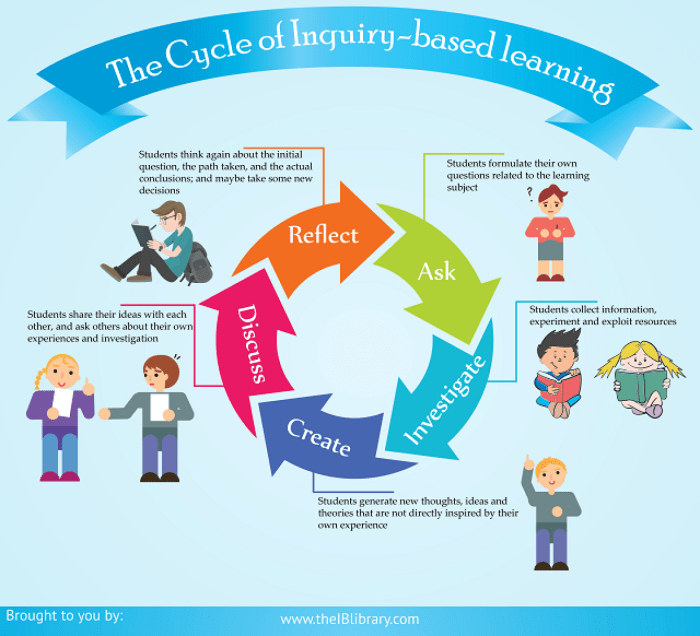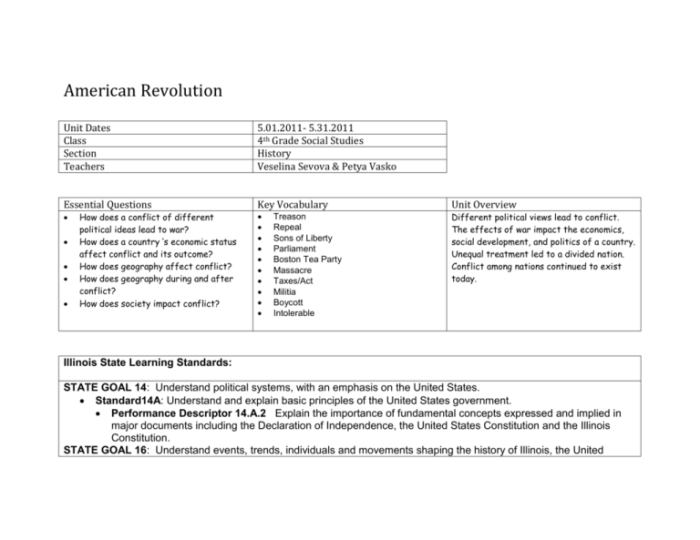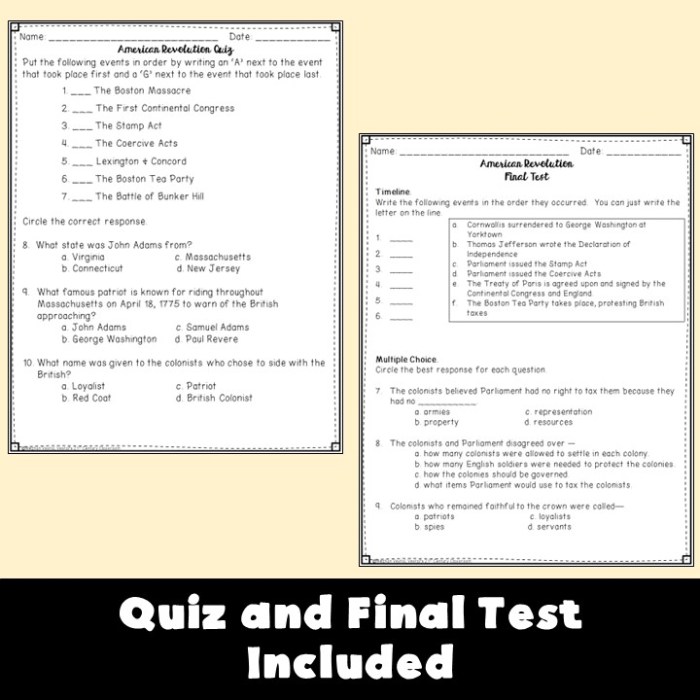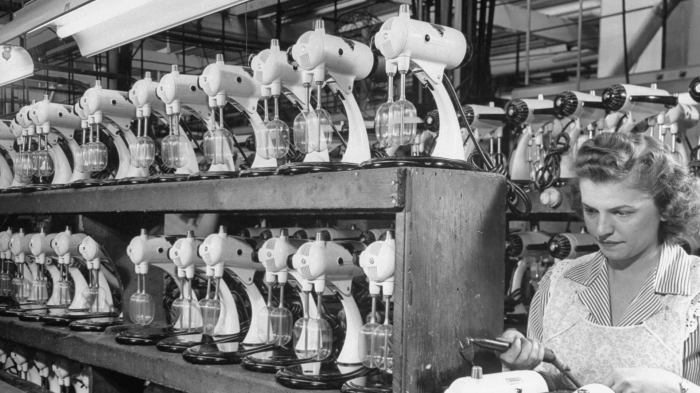Unit 5 American Revolution Inquiry Lesson embarks on an illuminating journey into the American Revolution, an era that shaped the destiny of a nation. This inquiry-based lesson invites students to delve into primary sources, analyze evidence, and engage in historical interpretation, fostering a deep understanding of this pivotal chapter in American history.
Through a comprehensive examination of the events leading up to the war, the key players involved, and the enduring impact of the Revolution, this lesson empowers students to develop critical thinking skills, historical empathy, and a profound appreciation for the complexities of the past.
1. Introduction
The American Revolution inquiry lesson aims to provide students with an opportunity to explore the historical events and ideas that led to the American Revolution. The lesson is designed for high school students who have a basic understanding of American history.
The learning objectives of the lesson are to:
- Understand the causes of the American Revolution.
- Analyze primary sources related to the American Revolution.
- Develop historical interpretations of the American Revolution.
2. Background Information

Overview of the American Revolution
The American Revolution was a war fought between Great Britain and its thirteen American colonies from 1775 to 1783. The war resulted in the colonies’ independence from Great Britain and the establishment of the United States of America.
Key Events Leading Up to the War
The American Revolution was caused by a number of factors, including:
- British economic policies that favored British merchants over American colonists.
- British political policies that limited the rights of American colonists.
- The growth of a sense of American identity and nationalism.
3. Primary Sources: Unit 5 American Revolution Inquiry Lesson

Concept of Primary Sources
Primary sources are documents or objects that were created during the time period being studied. They can provide valuable insights into the past. Some examples of primary sources related to the American Revolution include:
- Letters and diaries written by people who lived during the Revolution.
- Newspaper articles from the time period.
- Government documents, such as the Declaration of Independence.
4. Inquiry Process

Inquiry Process, Unit 5 american revolution inquiry lesson
The inquiry process is a method of historical research that involves asking questions about the past and using evidence to answer those questions. The steps in the inquiry process are:
- Develop a research question.
- Gather evidence to answer the question.
- Analyze the evidence.
- Draw conclusions based on the evidence.
5. Evidence Analysis
Importance of Analyzing Evidence
Analyzing evidence is an important part of the inquiry process. It allows historians to determine the reliability of the evidence and to draw conclusions based on the evidence.
Methods of Evidence Analysis
There are a number of different methods of evidence analysis. Some common methods include:
- Source criticism: Evaluating the reliability of a source.
- Content analysis: Identifying the main ideas and themes in a source.
- Contextual analysis: Understanding the historical context in which a source was created.
6. Historical Interpretation

Concept of Historical Interpretation
Historical interpretation is the process of making sense of the past. It involves using evidence to create a narrative that explains what happened in the past and why.
Factors that Influence Historical Interpretation
There are a number of factors that can influence historical interpretation, including:
- The historian’s own biases and beliefs.
- The available evidence.
- The current historiographical context.
Detailed FAQs
What is the purpose of Unit 5 American Revolution Inquiry Lesson?
To foster students’ understanding of the American Revolution through inquiry-based learning, primary source analysis, and historical interpretation.
Who is the target audience for this lesson?
Students with a basic understanding of American history.
What are the learning objectives of this lesson?
To develop students’ critical thinking skills, historical empathy, and ability to analyze evidence and construct informed interpretations.

